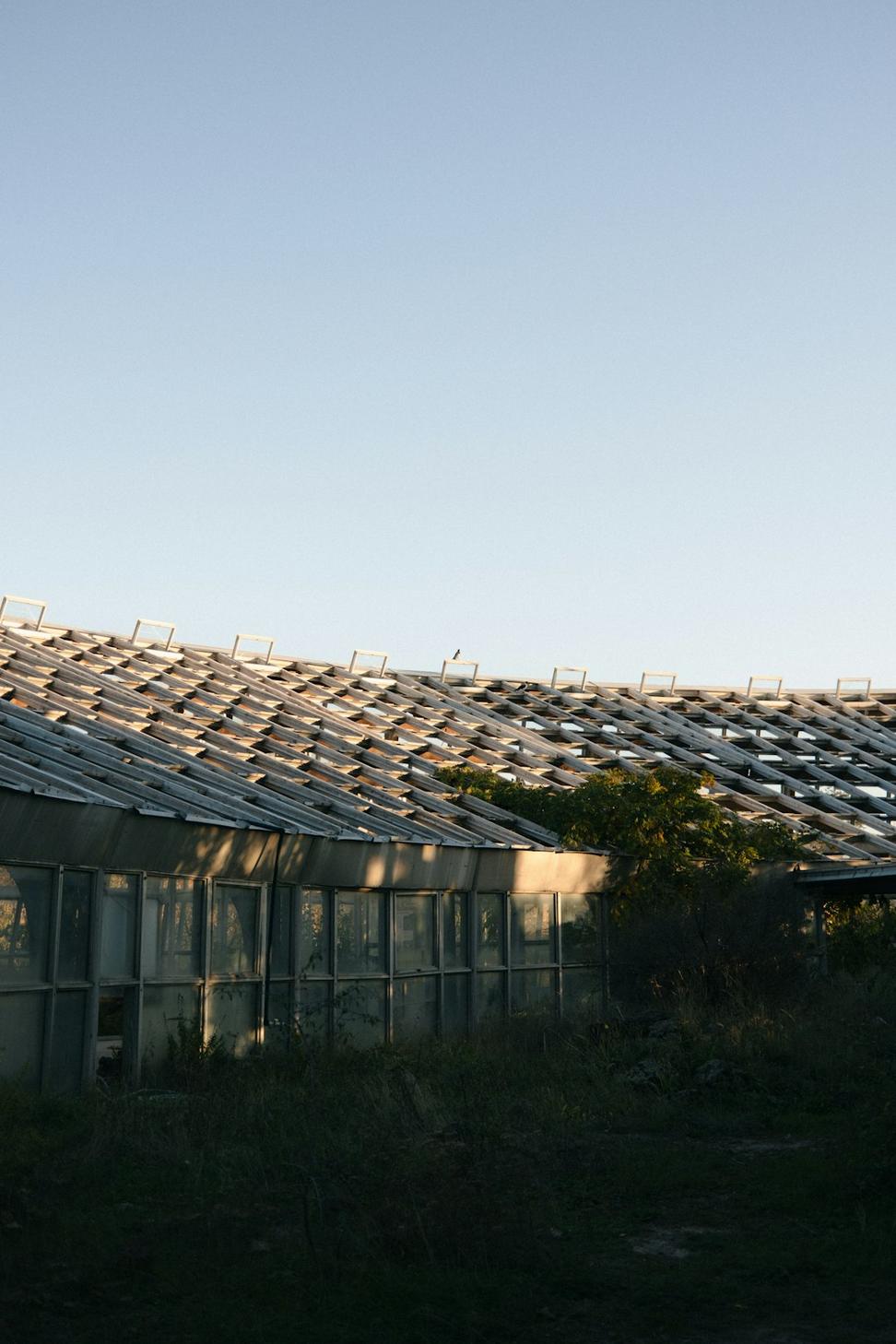
Building Responsibly
We're not saving the planet with buzzwords - just honest, practical sustainability that actually works
Look, we've been doing this since before "sustainable" became the industry's favorite word. For us, it's always been about common sense - why waste energy when you don't have to? Why demolish when you can restore?
Every building we design gets the same treatment: we look at orientation first, figure out where the sun hits, where the wind comes from. Then we think about materials that'll last, not just look pretty in a magazine spread. Heritage restoration taught us that buildings from a century ago often got ventilation and natural light better than modern designs.
We're not perfect, and we won't pretend every project hits net-zero. But we're always pushing for better - measuring what matters, learning from what doesn't work, and being straight-up honest about what's actually achievable within your budget.
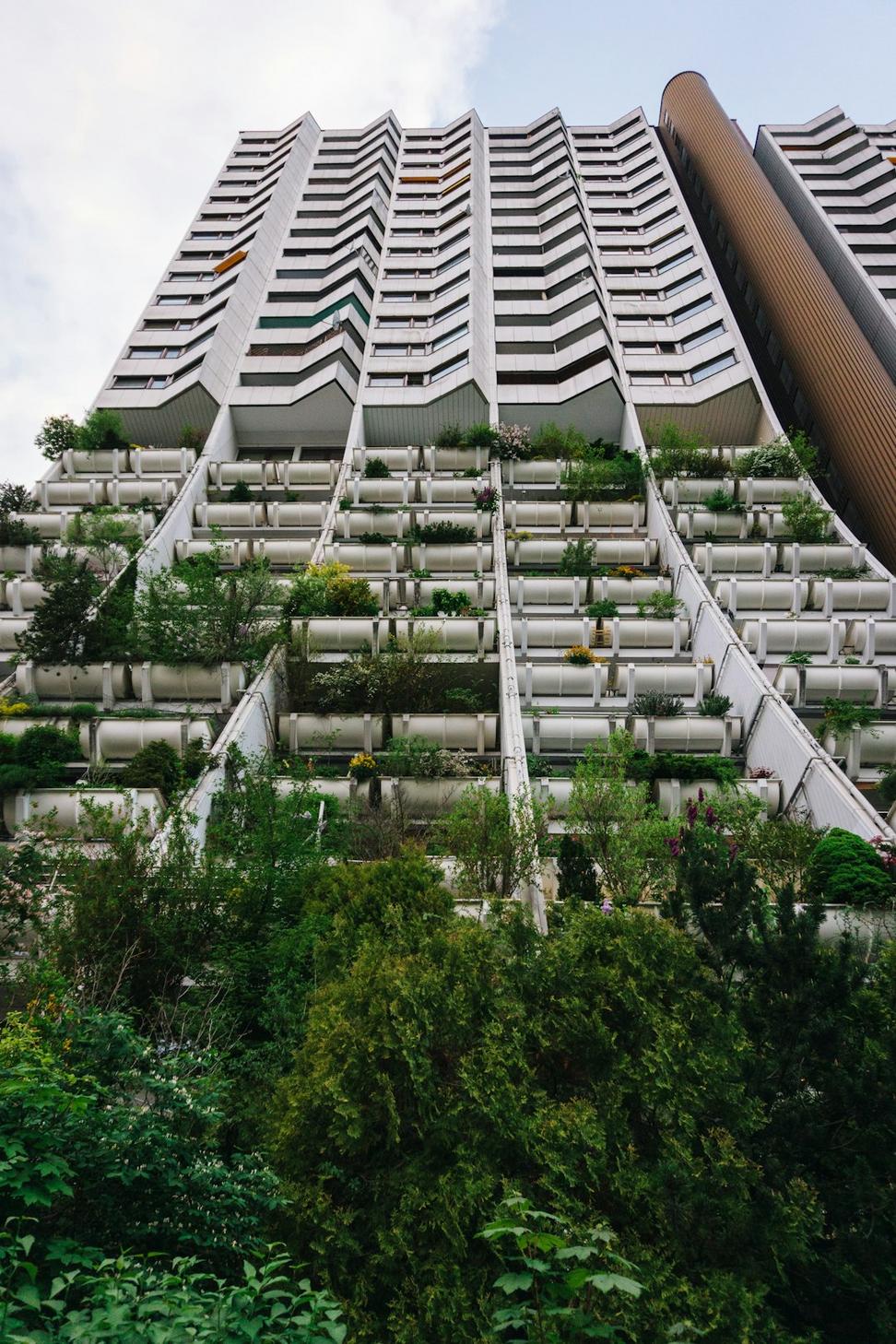
These aren't projections or estimates - this is actual data from our completed buildings over the past three years
Tonnes CO2 Offset
Equivalent to taking 705 cars off the road annuallyWater Use Reduction
Through smart fixtures and rainwater harvestingEnergy Efficiency Gain
Compared to baseline code requirementsRecycled Content
Average across all material selectionsAll our senior architects are LEED AP certified, with specializations in Building Design + Construction
Active members since 2015, contributing to green building policy development in Ontario
Certified Passive House Designers, bringing ultra-low energy standards to Canadian climate
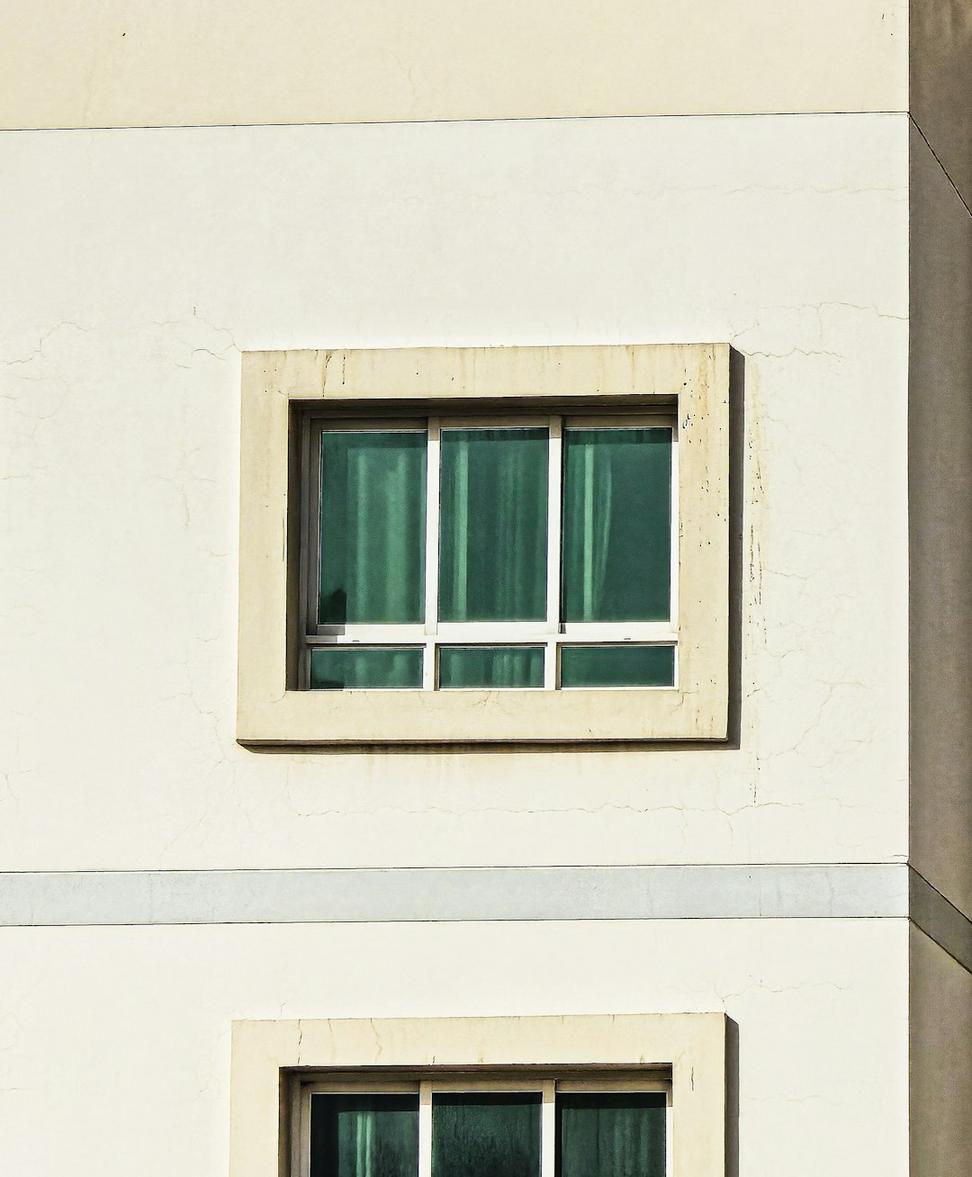
We orient buildings to catch winter sun and dodge summer heat. It's architecture 101, but you'd be surprised how often it gets ignored.
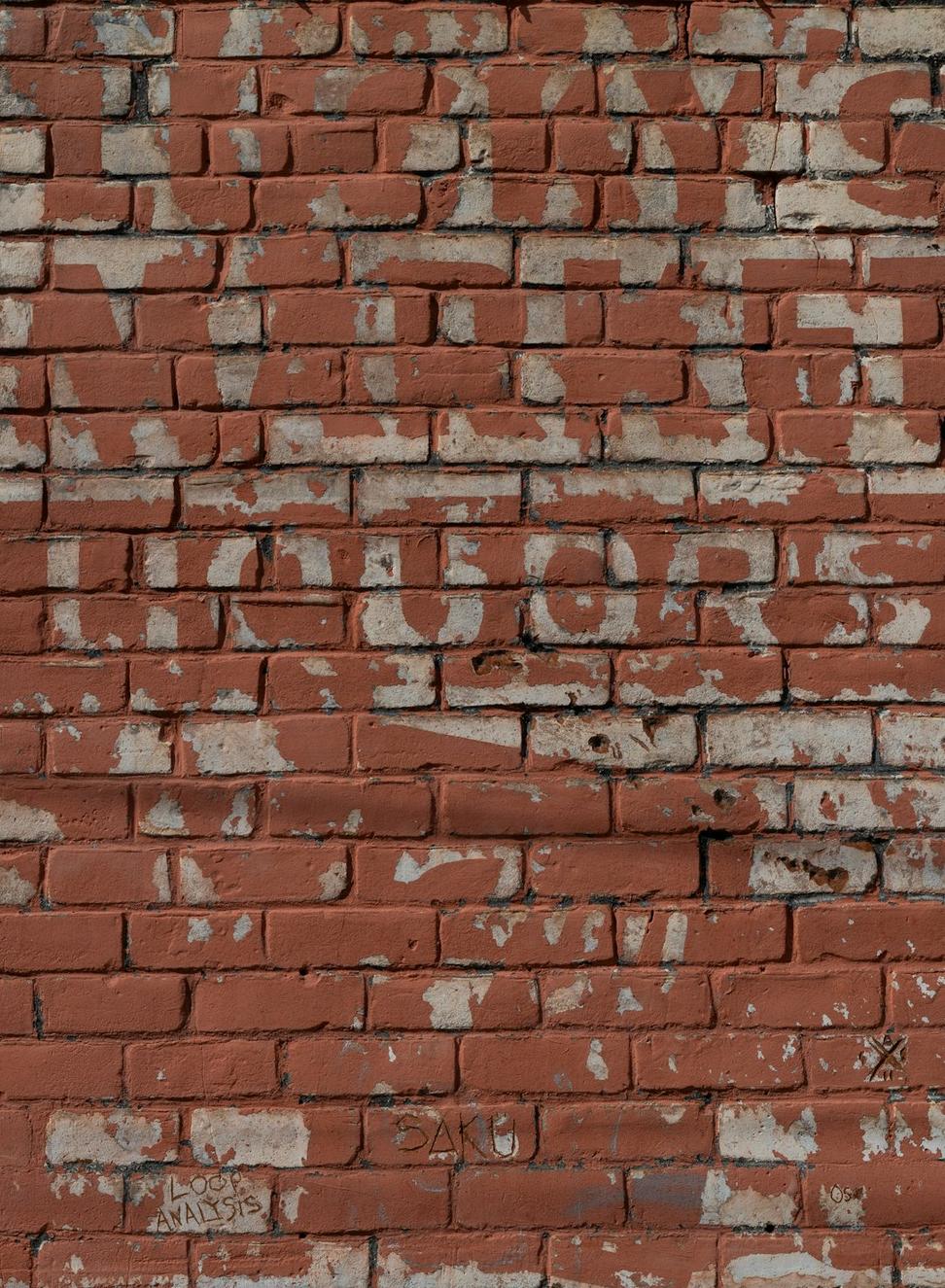
Reclaimed timber, local stone, low-VOC finishes. We work with suppliers who actually care about where stuff comes from.
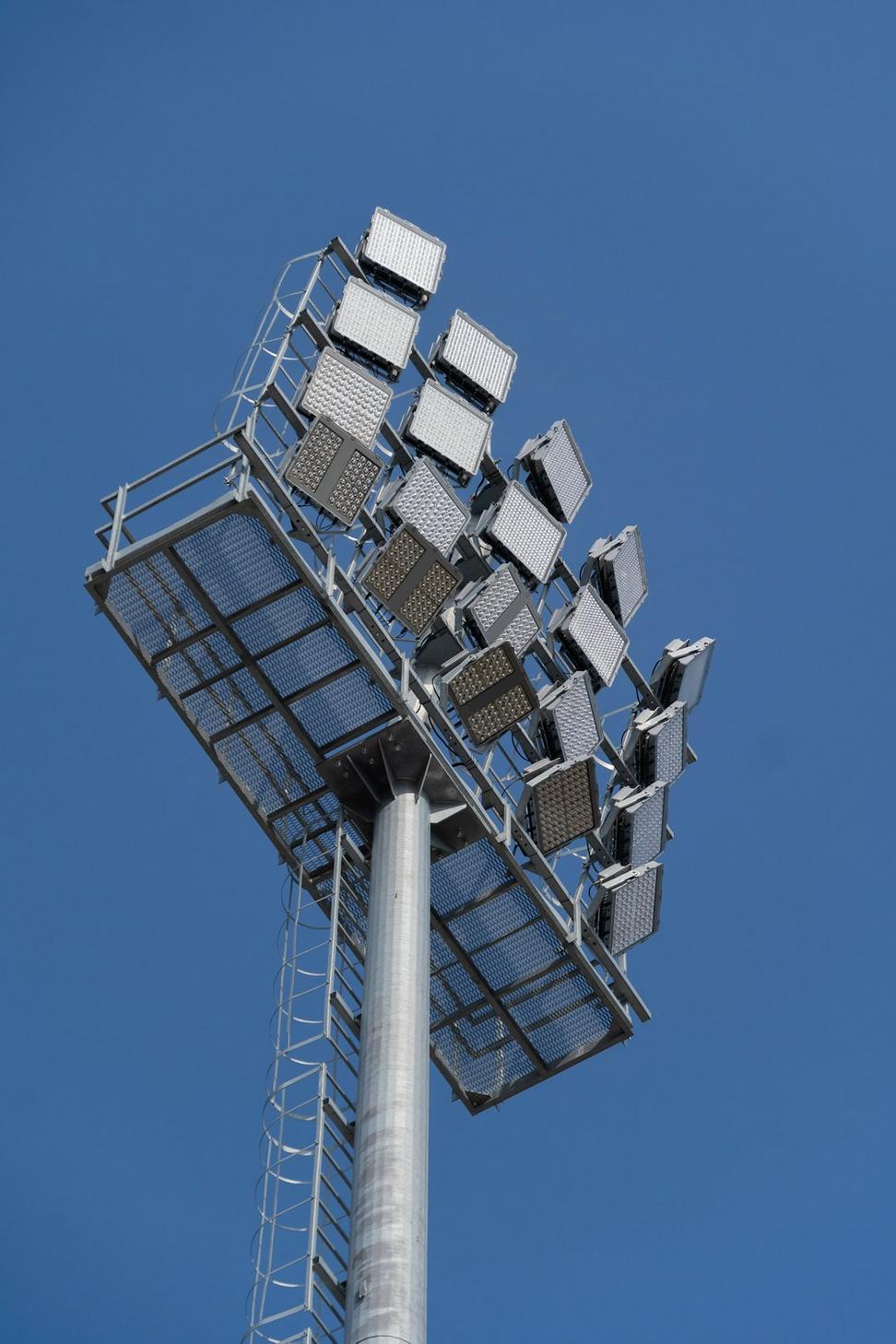
We don't just hand over keys and vanish. We monitor performance for the first year and adjust where needed.
Yeah, sustainable design can cost more upfront - usually around 3-8% on the construction budget. But here's what most developers don't tell you: you're making that back within 5-7 years through energy savings alone.
We've crunched the numbers on every project we've done. The payback period varies - commercial buildings recover costs faster because they run HVAC systems constantly. Residential projects take a bit longer, but with Toronto's energy prices? You're still ahead.
Plus, there's stuff you can't put a price tag on - better air quality, natural light that actually makes people want to be in the space, buildings that don't leak or develop mold issues three years later. That's not sustainability theater, that's just good design.
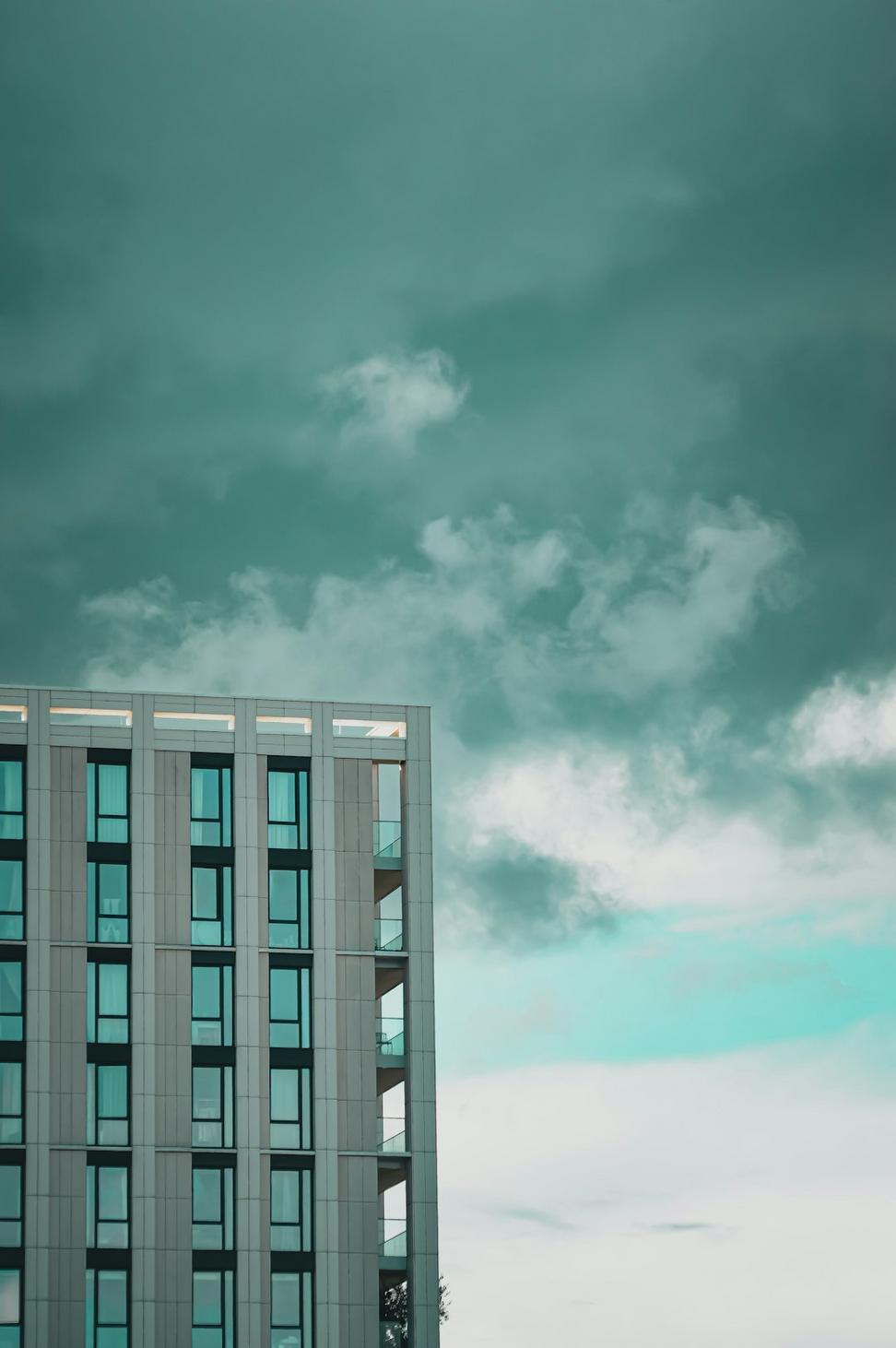
This one's our poster child for what's possible when the client actually trusts the process. A 1920s warehouse converted into LEED Platinum office space - we kept 78% of the original structure and exterior walls.